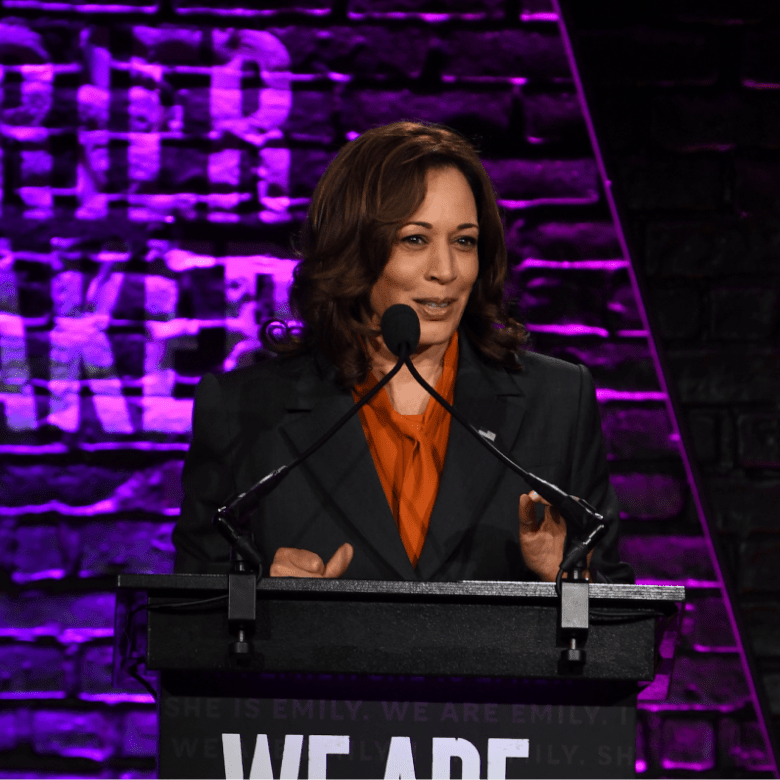The Future Is Female in the Midterm Elections
Harpers Bazaar: The Future Is Female in the Midterm Elections
By Jill Filipovic
Don't call 2018 the year of the woman. Call it the dawn of a new decade. That’s the message from female candidates and the organizations that help them run: Yes, there are an unprecedented number of women running for office this year. But this isn’t a onetime blip. It’s the start of a new political era. Mikie Sherrill is a 46-year-old mother of four who served as a Navy helicopter pilot before becoming a federal prosecutor. Running for Congress wasn’t necessarily on her radar screen, but she saw the challenges facing the country, from the increasing burdens placed on working women to the need for green-energy growth in her home state of New Jersey. “There are so many decisions being made that will impact our country for the next 50 years,” Sherrill says. “I decided that the best way I could serve was to run for office.” It’s a particularly opportune time in her congressional district. The Republican incumbent is retiring, after having held the seat since 1995. Democrats see an affluent, well-educated, politically moderate district potentially alienated by Donald Trump, and they think they can flip it with Sherrill.
“This is not about a year,” says Stephanie Schriock, president of EMILYs List, an organization that works with pro-choice Democratic women running for office. “This isa bout a sea change of women taking leadership roles at all levels of government. We are not about 2018 here. We are about the next decade of leadership. They are coming.”
Indeed, women have come more than 40,000 strong to EMILYs List—that’s how many have contacted the organization about running for office since the 2016 election. She Should Run, a nonpartisan organization that trains women to run for office, is gunning to get 250,000 women to run by 2030. Nearly 14,000 have joined their incubator so far. More and more candidates are mothers of young children, veterans, and progressives in traditionally Republican strongholds.
After the first female candidate for president on a major party ticket lost, it is perhaps surprising that so many women are stepping up and saying “Vote for me.” But, perversely, the 2016 election seems to have flipped a particular female switch: If Trump can do it, why can’t I?
“Many [women] were pissed off by Trump, but that’s not the actual reason they got into the race,” says Amanda Litman, a co-founder of Run for Something. “They’re sick of the people representing them not aligning with their values.” That’s Sherrill’s story. “I didn’t get angry about [Trump’s election]; I got motivated,” she says. Her congressman didn’t represent her, and she knew she could do better.
The candidates throwing their hats in the ring are “younger, more diverse, and they’re getting ready for a career in public service,” Litman says. “These are young Latinas, youngAfrican-American women, young LGBT women who are stepping into a space where it was previously mostly white women.”
This is borne out in the list of potential “firsts” that may come from this year’s elections. Stacey Abrams, a Yale-educated lawyer and longtime progressive champion running in Georgia, could become the first female African-American governor in U.S. history, while Idaho’s Paulette Jordan is hoping to become the first Native American governor. A record number of LGBT people are also on the ballot, among them Vermont’s Christine Hallquist, who may become the first transgender governor, and Brianna Titone, who, if she wins, would be the first transgender member of the Colorado House of Representatives. Michelle Lujan Grisham, in New Mexico, could be the nation’s first Democratic Latina governor, while Rashida Tlaib of Michigan and Ilhan Omar of Minnesota are looking to be the first Muslim women elected to Congress.
Though women running for national office has gotten top media billing, that’s not where all of the magic is happening, Litman says. “A lot of women are running for things like city council,” she points out. While these races aren’t getting much national attention, they are significant because they mean a seasoned roster of female politicians will be moving up the ranks. “In future elections, there will be a bigger pool of candidates to run for Congress,” Litman says. “No one will ever again be able to say we couldn’t find a qualified woman.”
Sherrill didn’t realize she would be a part of a political tsunami when she put her name forward, but she’s happy to ride this wave of women. “There’s so much on the table,” she says. And she thinks she’s one of many who are well-suited to take up the challenge. After all, she adds, “A lot of us as vets have spent our entire lives fighting for our country.”
